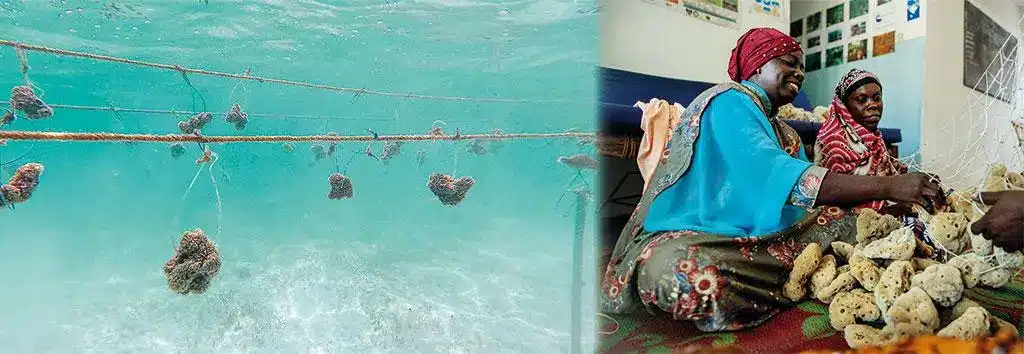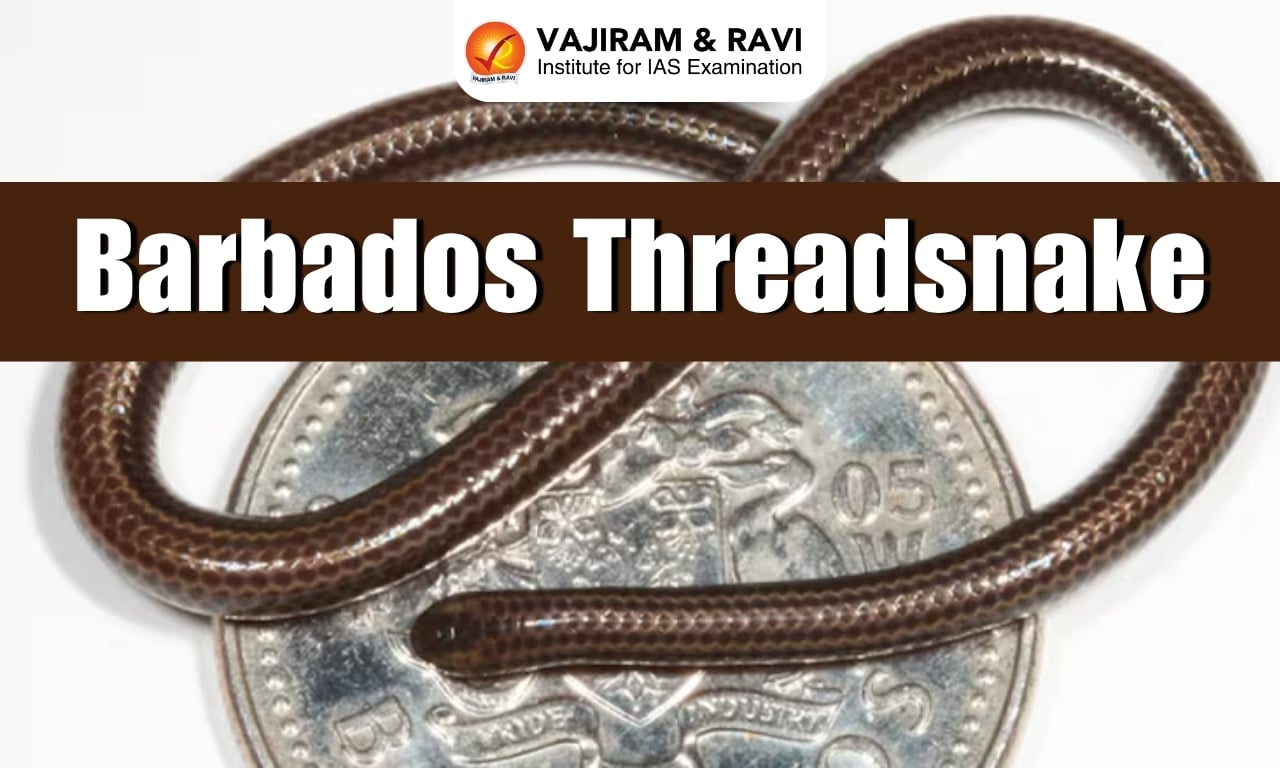About Sponge farming
- Sponge farming is a relatively new business opportunity that does not harm the marine environment.
- A sponge is a living animal which is made of loosely arranged cells that surround a skeleton of fibres.
- The specialised cells nestled within thousands of tiny chambers act as microscopic pumps, and tirelessly drawing water into the sponge’s body with their whip-like tails.
- Sponges provide homes for many other animals, plants, and microorganisms. In many cases, they all work together in a mutual symbiotic relationship.
- Sea sponges exist in all oceans around the world and make up 20% of the global silicon biological sink.
- This unique pumping mechanism, which helps sponges extract nutrition and oxygen, also purifies the ocean water by removing impurities, including sewage.
- Uniqueness: Sponges, unlike seaweed, possess remarkable resilience to climate change, require minimal maintenance, and command premium market prices,
- Reproduction: Most sponges are hermaphrodites, harbouring both male and female reproductive organs, enabling them to self-propagate effortlessly.
- New sponges emerge from small buds that detach from the parent sponge and begin independent growth.
- Even damaged or fragmented sponges can regenerate into new individuals.
- This remarkable regenerative ability underpins the ease and feasibility of commercial sponge farming.
- Uses:
- These sponges are used for bathing and general hygiene because they are naturally antibacterial and antifungal and can resist odours.
- Research has also shown that the spongy creatures play an important role themselves in combating climate change.
- Their skeletons break down into microscopic pieces of silicon, which helps control the carbon cycle in the ocean and reduces the greenhouse effect.
- Dissolved silicon is critical for the growth of diatoms, tiny organisms which absorb large amounts of CO2 in the ocean using photosynthesis.
Q1) What is a Symbiotic relationship?
It is the close associations formed between pairs of species. They come in a variety of forms, such as parasitism (where one species benefits and the other is harmed) and commensalism (where one species benefits and the other is neither harmed nor helped).
Source: Saved by sponge
Last updated on July, 2025
→ UPSC Notification 2025 was released on 22nd January 2025.
→ UPSC Prelims Result 2025 is out now for the CSE held on 25 May 2025.
→ UPSC Prelims Question Paper 2025 and Unofficial Prelims Answer Key 2025 are available now.
→ UPSC Calendar 2026 is released on 15th May, 2025.
→ The UPSC Vacancy 2025 were released 1129, out of which 979 were for UPSC CSE and remaining 150 are for UPSC IFoS.
→ UPSC Mains 2025 will be conducted on 22nd August 2025.
→ UPSC Prelims 2026 will be conducted on 24th May, 2026 & UPSC Mains 2026 will be conducted on 21st August 2026.
→ The UPSC Selection Process is of 3 stages-Prelims, Mains and Interview.
→ UPSC Result 2024 is released with latest UPSC Marksheet 2024. Check Now!
→ UPSC Toppers List 2024 is released now. Shakti Dubey is UPSC AIR 1 2024 Topper.
→ Also check Best IAS Coaching in Delhi















